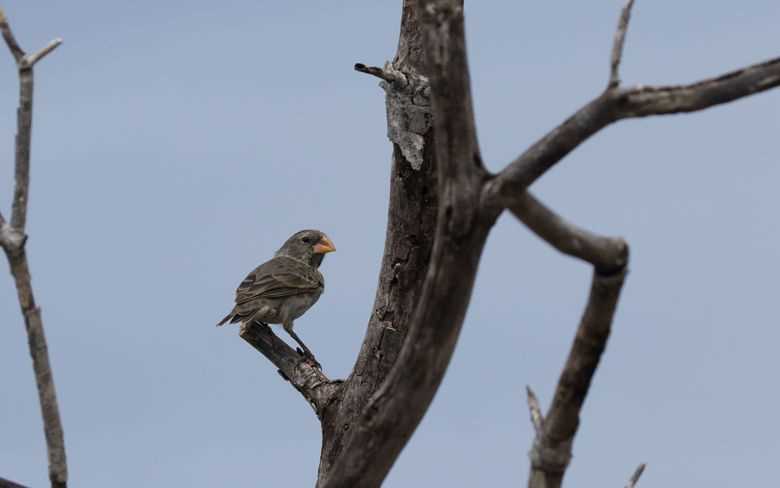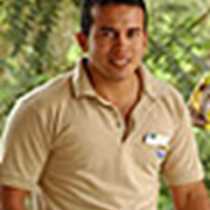Today, we woke up to the view of Santiago Island's coastline full of green mangroves and mountains in the far background. Early in the morning, we had a pre-breakfast walk along the coastline, with photographers taking advantage of the soft light the early morning offered. We found several Galapagos mockingbirds, ground finches, striated herons, brown pelicans, and a few ghost grabs feeding at low tide.
Some of us went on a photography hike, where we were instructed by professionals on the best settings for some of the unique situations and encounters we had with wildlife. Others chose to go on natural history tours to learn about the evolutionary adaptations of species on this island.
After breakfast, National Geographic Endeavour II repositioned itself on another visitor site also located off the coast of Santiago, known as Buccaneer’s Cove. Here, we had a snorkel among a large variety of fish. Some of us were lucky to swim with playful Galapagos sea lions for quite a while. Others swam along the coastline, spotting some schools of black striped salemas, yellow-tailed razor surgeonfish and plenty of fish species inhabiting the rocky reefs of this site. The water had good visibility; the ocean was calm, so snorkeling was quite a success.
After lunch, we navigated towards Egas Port. The name of this visitor site came from Hector Egas, an Ecuadorian who tried to establish a salt mining company by harvesting sea salt on this island. But his idea never worked and the area where he settled his operations eventually became part of Galapagos National Park.
During the afternoon expedition, we had a wet landing onto a black sandy beach, where we got ready to explore the coastline of Egas Port. Along the coast, we saw several species of shore birds feeding at tide pools. Several species of plants spotted on the walk were not only endemic to Galapagos but also unique just to Santiago.
One of the highlights was spotting a small colony of Galapagos fur seals (actually sea lions) inhabiting an area of grottoes formed by collapsed basaltic lava tubes. Fur seals are mainly nocturnal feeders, so many were just becoming active to go on their feeding outings as the afternoon light was perishing with a golden sunset.
This was an incredible day, exploring three visitor sites on one of our favorite islands in the archipelago.







